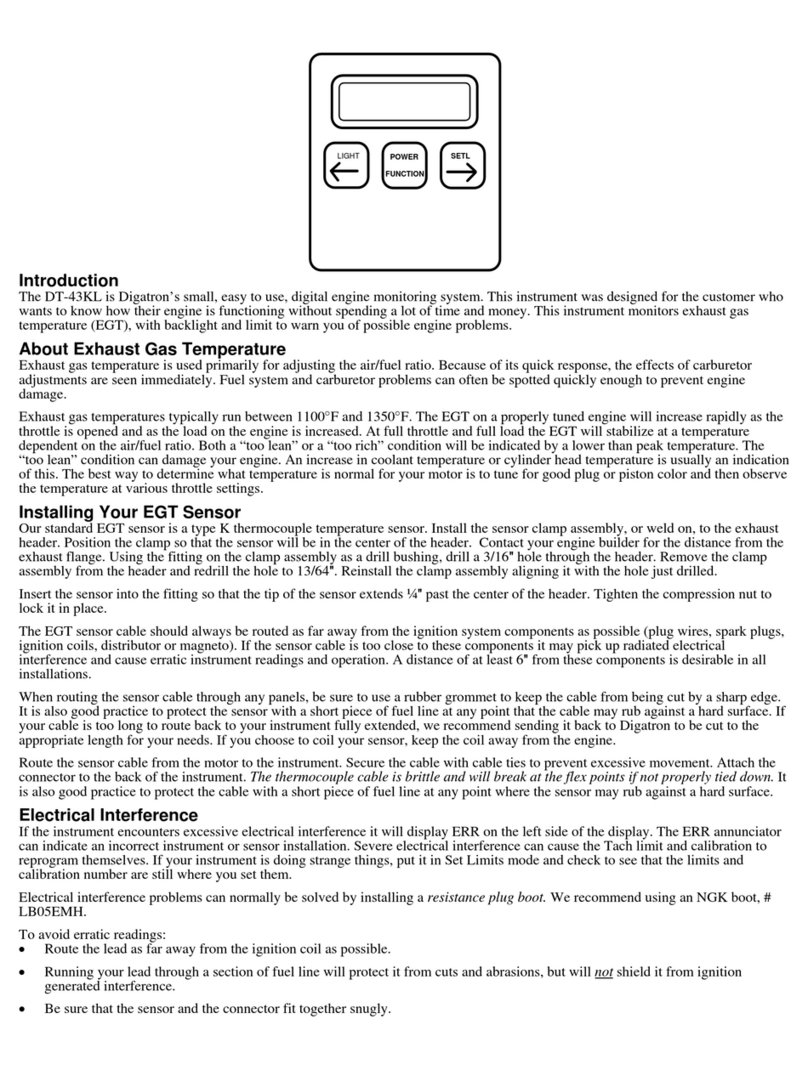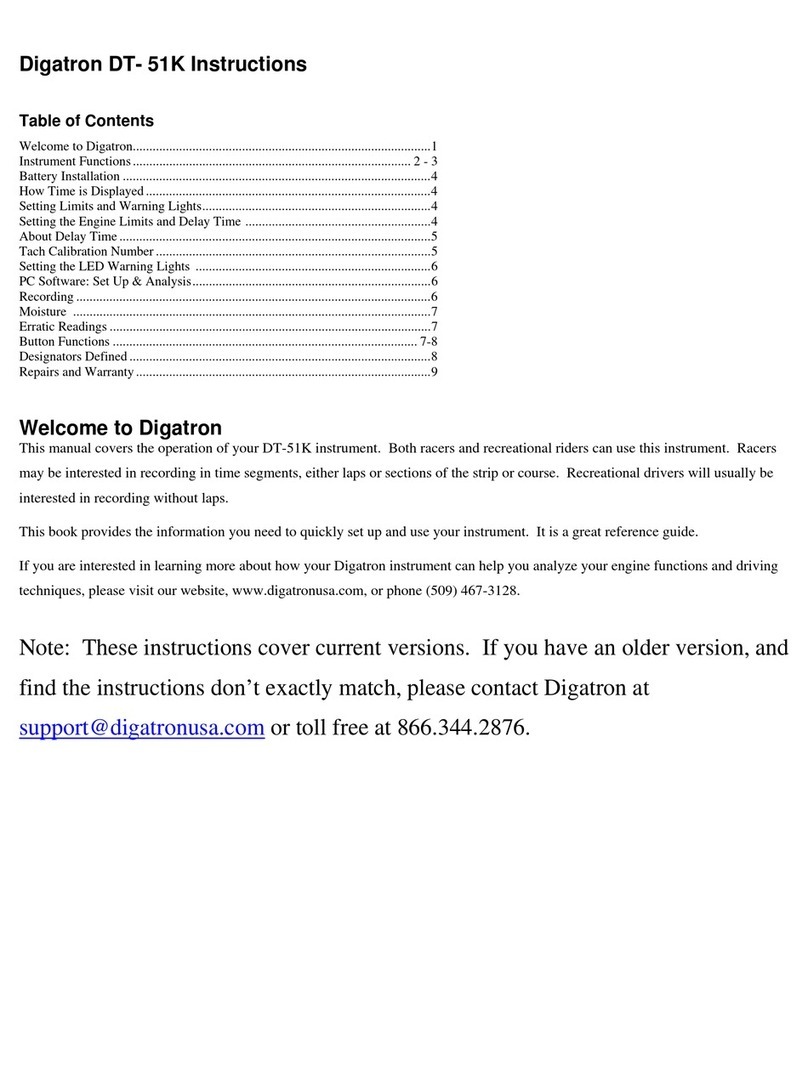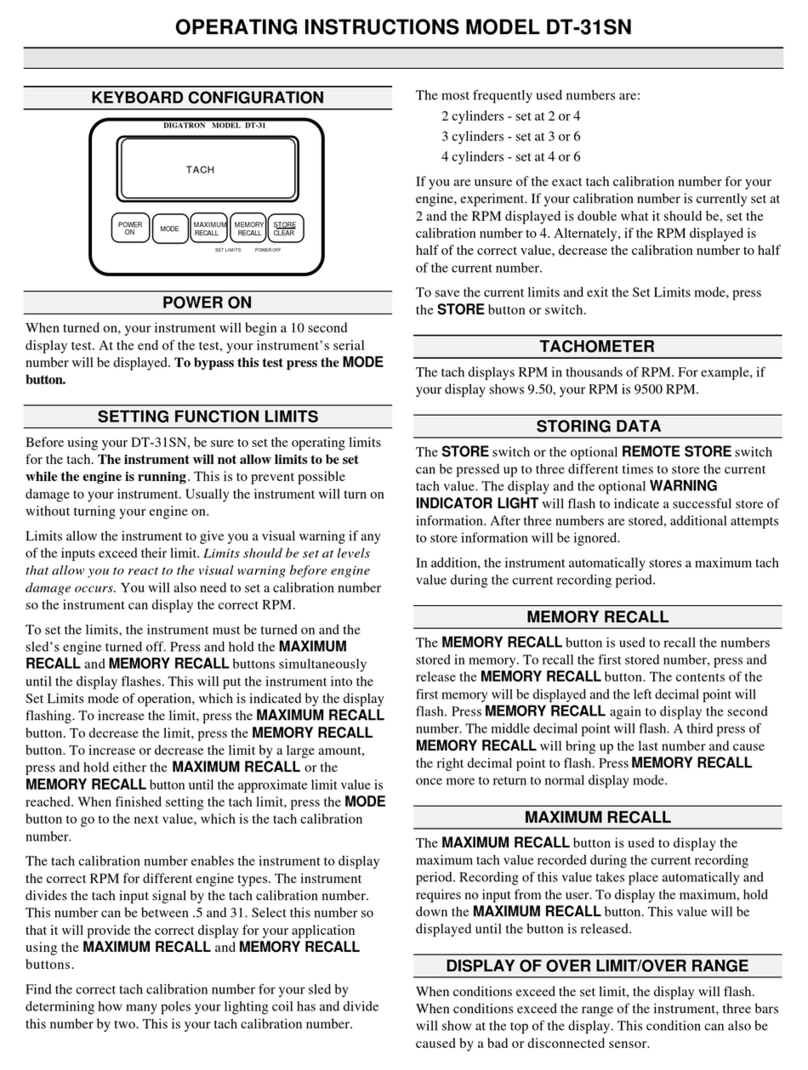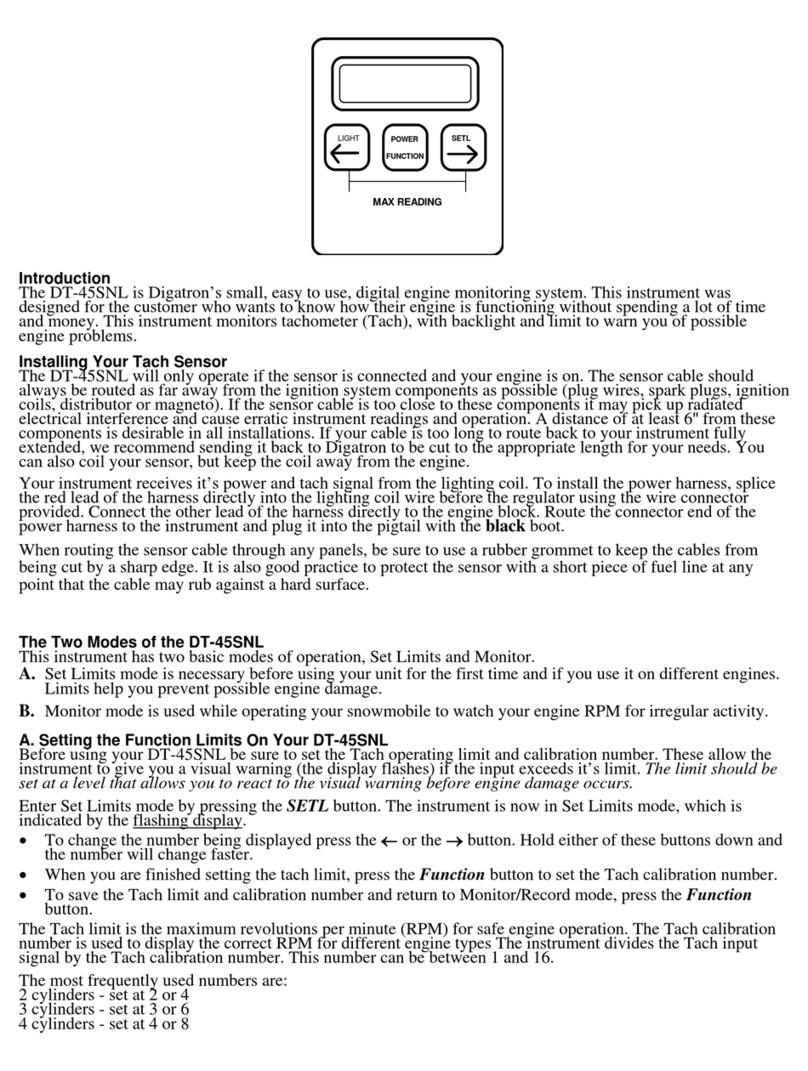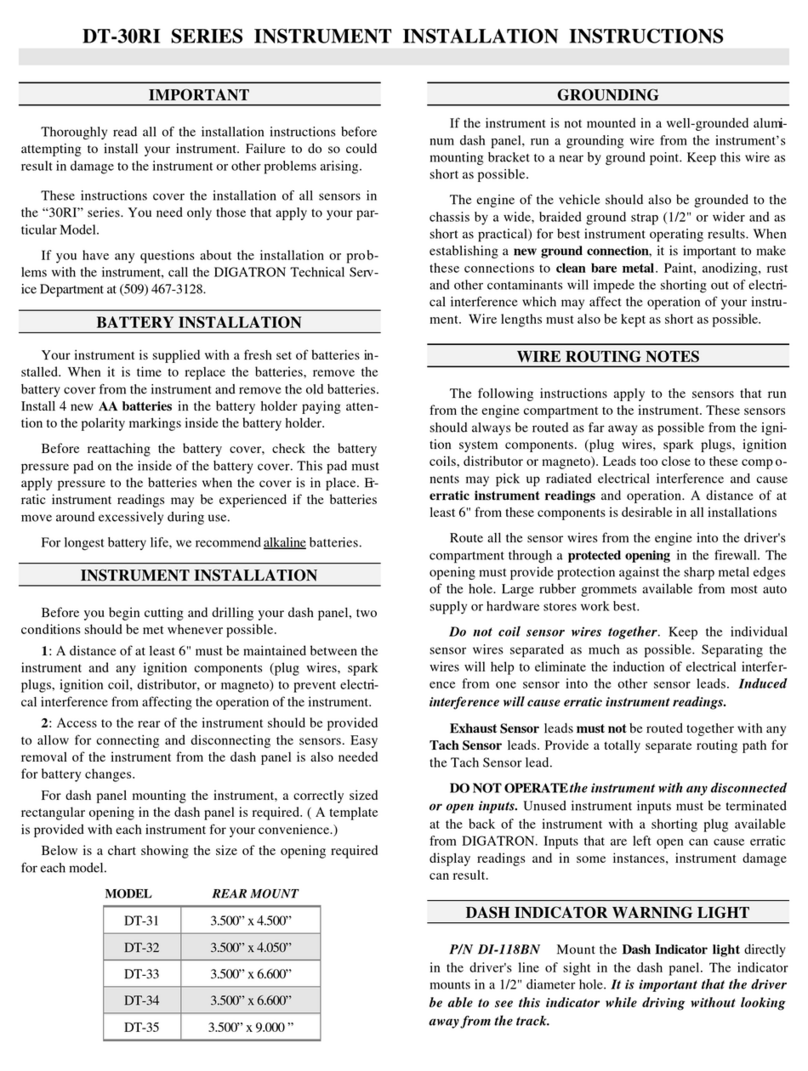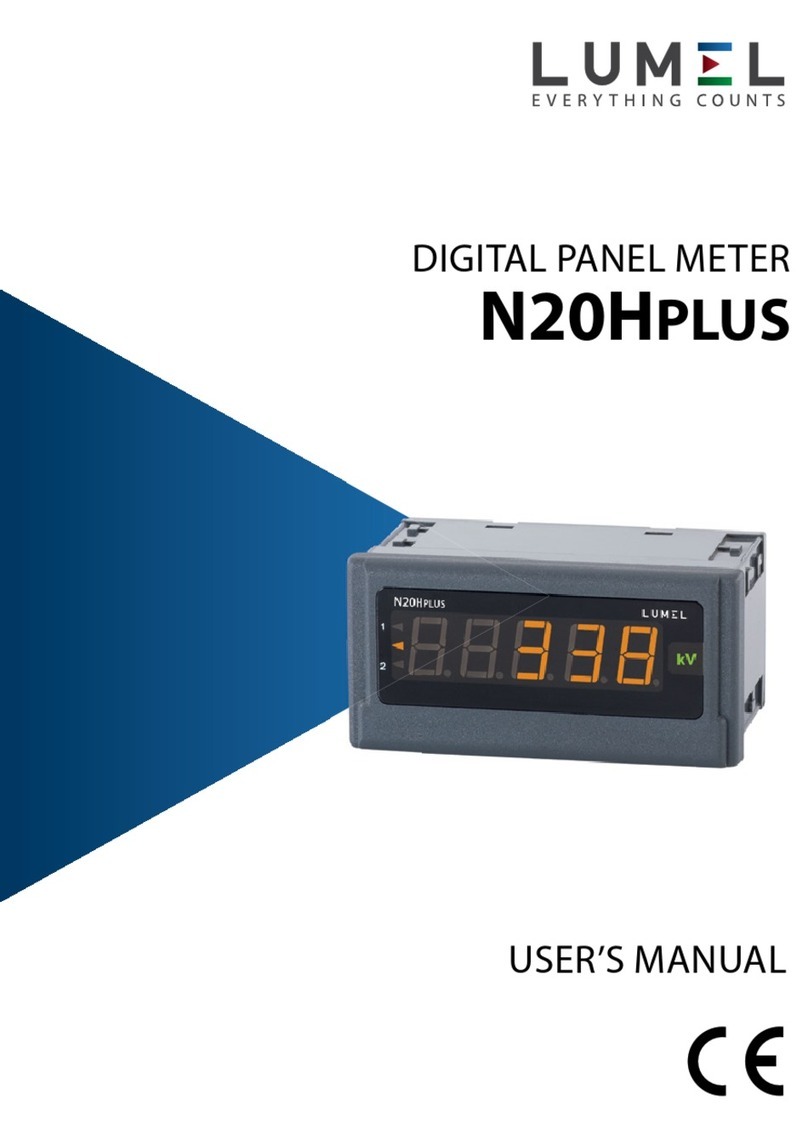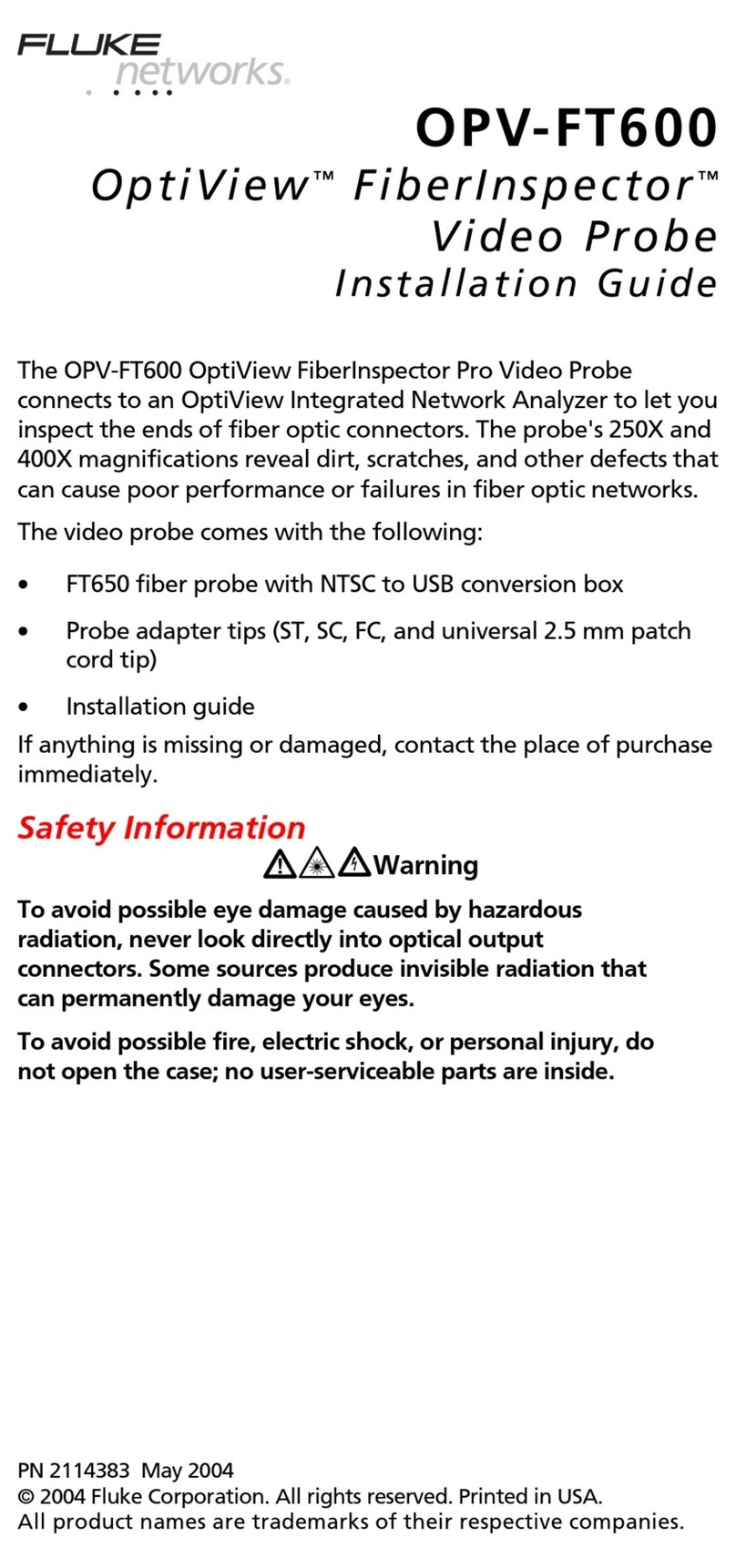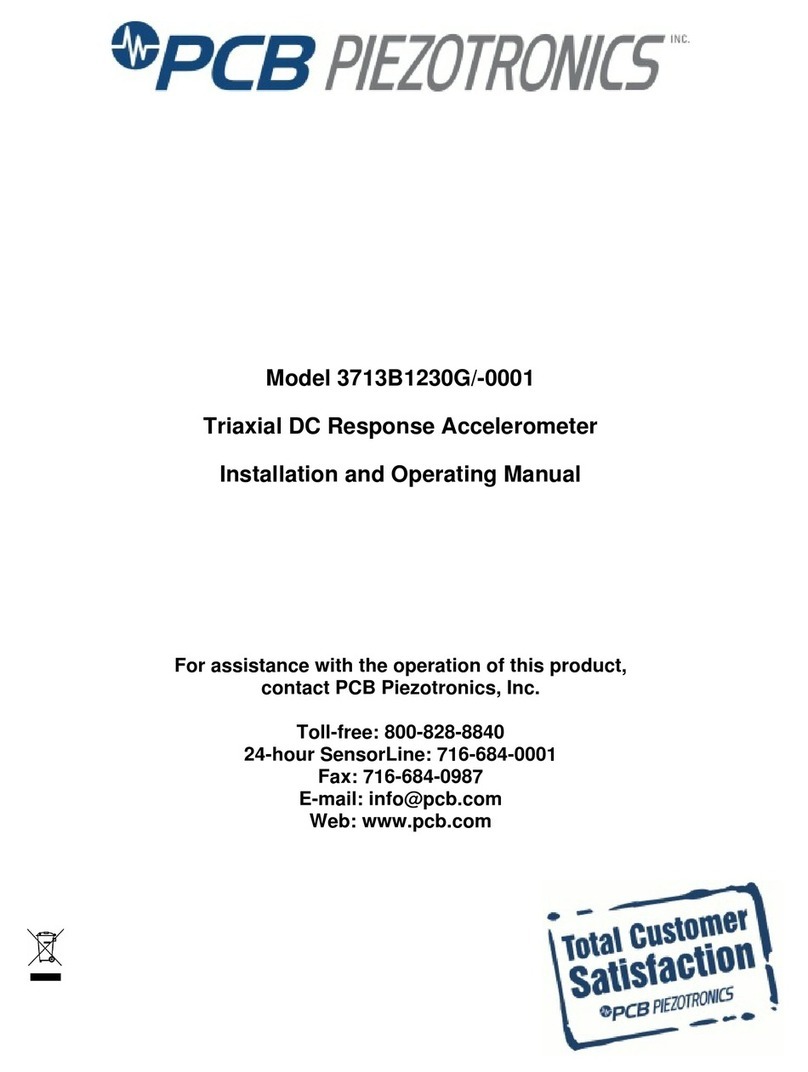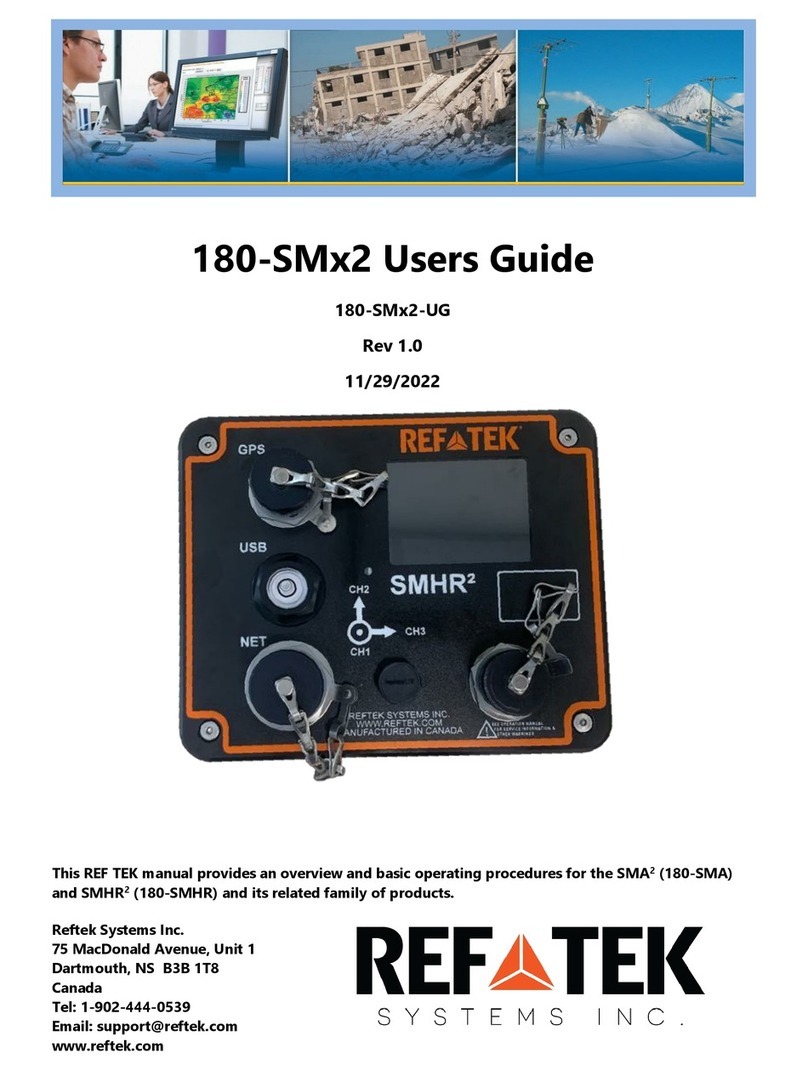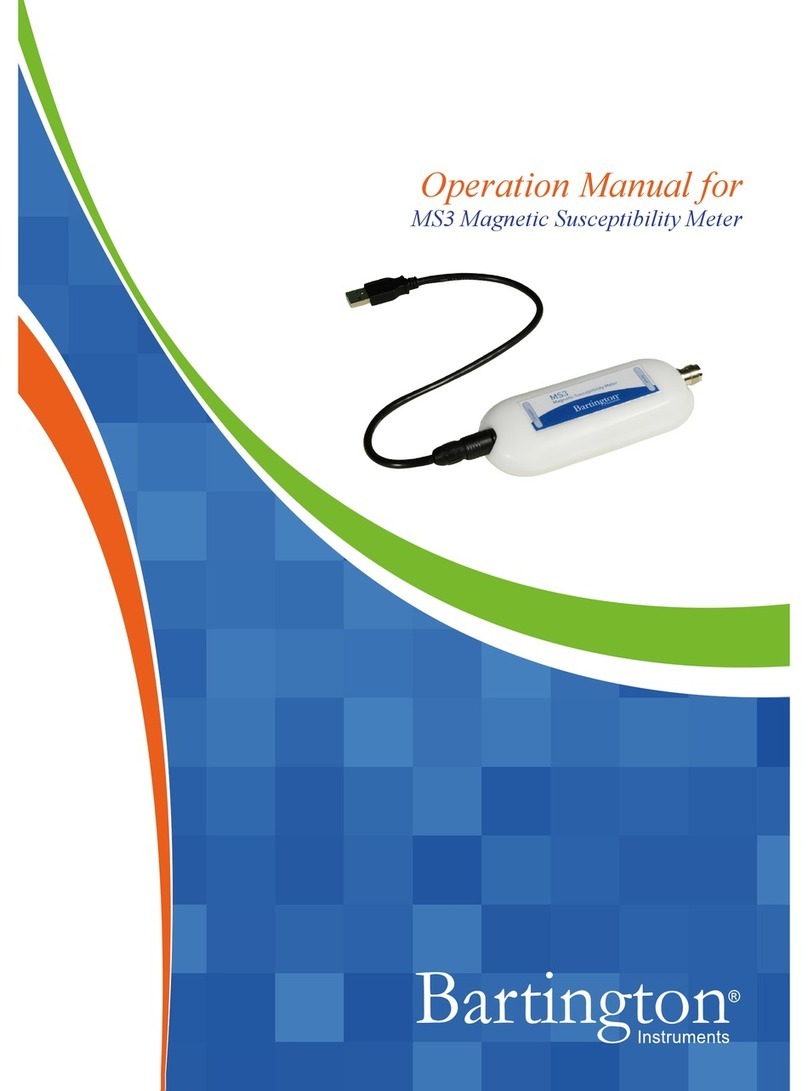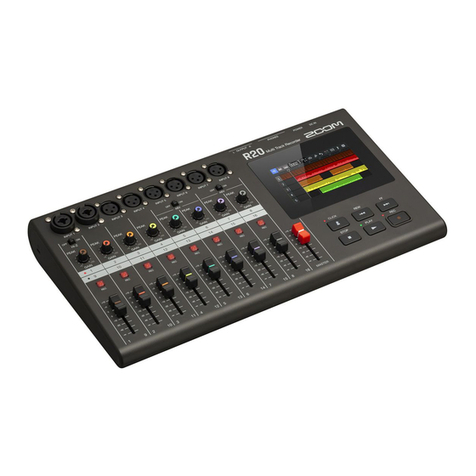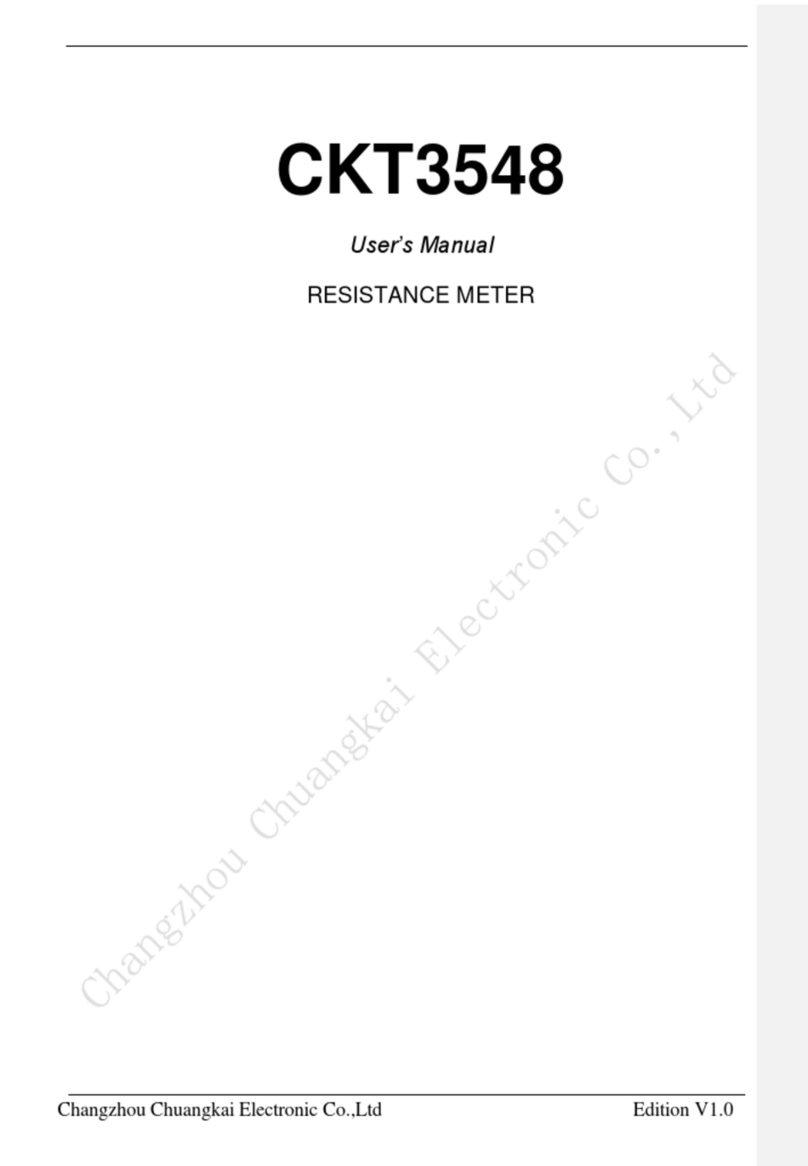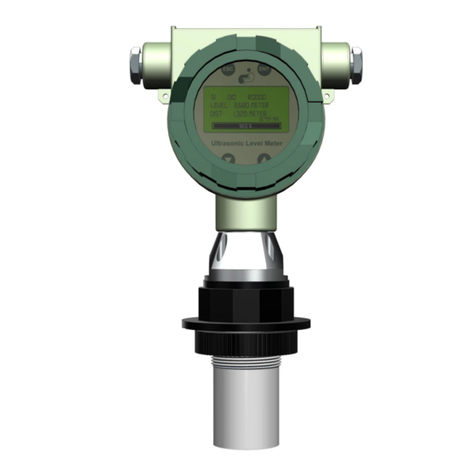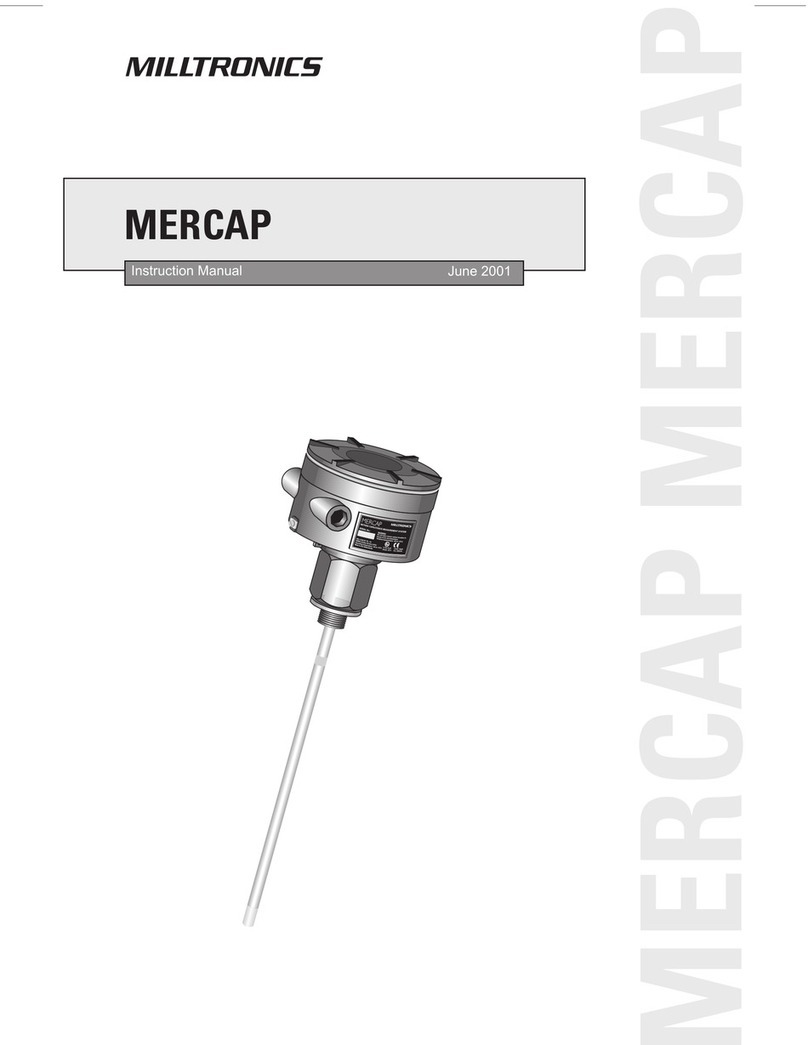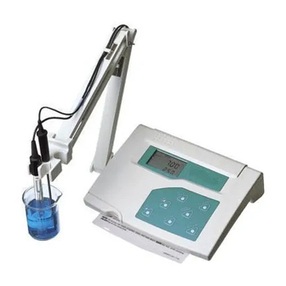Digatron DT-50J User manual

MAX
EVENT
L
A
P
E
N
G
I
N
E
POWER
EXIT PAUSE
PLAY
SET
LIGHT
PAUSEPOWER PLAY
EXIT
SET UPLIGHT
MAX
EVENT
L
A
P
E
N
G
I
N
E
Table of Contents
Welcome to Digatron .........................................................................................1
Instrument Functions.....................................................................................2 - 3
Battery Installation.............................................................................................4
Setting Limits and Warning Lights ....................................................................4
Setting the Engine Limits and Delay Time ........................................................4
About Delay Time..............................................................................................5
Tach Calibration Number (RPM1).....................................................................5
Jackshaft Calibration Number (RPM2)..............................................................5
Setting the LED Warning Lights .......................................................................6
PC Software: Set Up & Analysis........................................................................6
Recording...........................................................................................................6
Moisture ............................................................................................................7
Erratic Readings.................................................................................................7
Button Functions................................................................................................8
Designators Defined...........................................................................................9
Repairs and Warranty.........................................................................................9
Welcome to Digatron
This manual covers the operation of your DT-50J instrument. This includes any 53 or 54 instrument. All 50 series instruments
function the same; the only difference is the number of displays.
This book provides the information you need to quickly set up and use your instrument. It is a great reference guide.
If you are interested in learning more about how your Digatron instrument can help you analyze your engine functions and driving
techniques, please visit our website, www.digatronusa.com, or phone (509) 467-3128.
Note: These instructions cover current versions. If you have an older version, and find the
free at 866.344.2876.

Start Vehicle.Instrumentturns on andstarts recording automatically
when a tachsignal is received. Records for 2 hours, then records over
oldestdata.
A. Power/Record
Instrument Functions
3.
POWER
EXIT Return to monitor / record mode.
D. Overall Maximums
Press
and
hold.
1.
MAX
E
N
G
I
N
E
2.
MAX
Press and
release to cycle
through up to
three sets of
engine data.
E
N
G
I
N
E
3. Repeatsteps
1 &2 as
desired.
E. Time Segmentswithin Events
1.
2.
PAUSE
PLAY Shows time for the last recorded time segment. Time
segments are created with amanualstoreswitch.
OR Changes backward or forward one time
segment. Displays flash for the shortest
timesegment.
C. Starting a New Event at the Line
1.
POWER
EXIT Press 2 times to stop current Event and start a newone.
This makes it easier to find the run during playback and
downloading. Flashing : indicates the instrument is
recording.
B. Tuning at the Line
Set lights to turn on in increments thatmake tuning RPMat the line
easier. See page 8 for instructions on setting warning lights. Lights
can also be used as a tail light.
LIGHT
SET UP

G. Playback
F. Maximums by Time Segment (if using store switch)
4. POW ER
EXIT Return to monitor / record mode.
Select a timesegment.See E. Time Segments.
1.
Displays time data.
Press and hold to
view Event number.
Changes timesegment backward or
forward. Displays flash when your shortest
segmentis shown.
3.
OR
Displays engine data,
showing maximum
values for this time
segment.
2.
MAX
E
N
G
I
N
E
2A.
EVENT
T
I
M
E
2.
Press to view engine data.
Select a timesegment. See E.Time Segments.
1.
3.
PAUSE
PLAY
Begins playback ofselectedsegment.Pause and
resume playback with each press.
Ifpaused, steps through data in 0.1 second increments.
Ifnotpaused, press and hold to fast forward.
4.
POW ER
EXIT
7.
Press once to return to E. Time Segments.Press again
to return to monitor/ recordmode.
Ifpaused, reversesteps through data in 0.1 second
increments. Ifnot paused,press to reverse. Hold for
fast reverse.
5.
Press and release to
cycle through up to
three sets of engine
data.
6.
MAX
E
N
G
I
N
E
6A.
Displays time data.
EVENT
T
I
M
E
MAX
E
N
G
I
N
E
SET UP
SET UP
LIGHT
LIGHT
H. Reset (clear memory)
1.
PAUSE
PLAY And Press atsame
time.
2.
PAUSE
PLAY Press when displayflashes. Aborted if not
pressed within 10seconds.
I. Power Off
The instrument will turn off automaticallyif it does not
receive anybutton presses or a tach signal.
1.
POWER
EXIT
Turns instrument offif it is notrecording or
receiving a tach signal.
OR
SET UP

Battery Installation
Two AAA batteries power the DT-50K. These allow the instrument to run for 40 hours with the backlight on and 150 hours with the
backlight off. The instrument will display , signaling that the batteries are low, several hours before the functions becomes
inaccurate.
To replace the batteries, remove the screw from the battery door on the back of the instrument. Replace the two batteries, observing
battery polarity.
If your instrument is stored for a long period of time, remove the batteries.
Setting Limits and Warning Lights
Limits and warning lights warn you of conditions that could be harmful to your vehicle’s engine. They should be set at levels that
allow you to react to the visual warnings before engine damage occurs.
There are two ways to set your limits and warning lights:
♦With Your Instrument (see below).
♦With Your PC, download cable and configuration software (page 9).
Setting the Engine Limits and Delay Time
POWER
EXIT
5. Press once to return to Set Up menu.
Press again to return to monitor/ record mode.
From monitor/record, instrument enters Set Upmenu.
SEL will flash ondisplay.
1.
O
R
With SEL flashing,press eitherside
button to enter SetEngine Limits.
2.
EVENT
T
I
M
E
MAX
E
N
G
I
N
E
3. O
R
Press either button to change the
number being displayed.Hold the
button to change the number faster.
O
R
Press either button to set next limit.
Repeatsteps 3 &4 until all limits and
calibration numbers are set.
4.
MAX
E
N
G
I
N
E
EVENT
T
I
M
E
SET UP
SET UP
LIGHT
Function limits are set in the following order: Temp1 (C1), Temp2 (C2), Tach (RPM1), Tach calibration number, Jackshaft (RPM2)
limit, Jackshaft calibration number and delay time (minus any functions that you do not have). Also, if you are not using any
functions on your instrument, set its limit to any number greater than 200.

About Delay Time (Optional, for Racing)
Some sanctioning bodies do not allow racers to use infrared beacon transmitters and receivers. If this is true for you, set your
delay time to .1.
The delay time allows your instrument to ignore extra beacon signals at the track. Delay time is the time, in tenths of a second, that
your instrument ignores beacon signals after receiving a signal. The delay time must be less than your best possible time between
beacons, or the instrument will miss your beacon signal. Delay time is set in of Set Up mode.
For example, if it takes you approximately 9 seconds to complete a run, set your delay number for 8 seconds. After your instrument
receives its first beacon signal, it will ignore all signals for 8 seconds.
*Note: If you are not a racer, set your delay time to .1.
Tach Calibration Number (RPM1)
The Tach limit requires two separate parameters. The first is the maximum revolutions per minute (RPM) for safe engine operation.
The second number, the Tach calibration, allows the instrument to display the correct RPM for your engine. The instrument divides
the Tach input signal by the Tach calibration number. This number can be .5 to 31.
The most frequently used numbers are:
1 - for single cylinder 2 cycle and most 4 cycle motors
2 - for 2 cylinder 2 cycle and 4 cylinder 4 cycle motors
If you are unsure of the exact Tach calibration number for your engine, experiment. If your calibration number is currently set at 1 and
the RPM displayed is double what it should be, set the calibration number to 2.
Jackshaft Calibration Number (RPM2)
For the Jackshaft calibration number, enter the number of pulses per revolution that will be picked up by the sensor. A pulse is
received when the sensor passes a ferrous metal object. If sensing more than one object, they must be evenly spaced. If using our
collar, the number is four.

Setting the LED Warning Lights
Multiple warning lights can be set to the same function, but only one function can be set to a light. Warning lights can be used for
adjusting your RPM at the line and as a tail light. They can also warn of high temperatures.
From monitor/record, instrument enters Set Upmenu.
SEL will flash onthedisplay.
1.
O
R
With SLL flashing, press either button
to enter Set LED Warning Lights.
3.
EVENT
T
I
M
E
MAX
E
N
G
I
N
E
POWER
EXIT
7. Press once to return to Set Up menu.
Press again to return to monitor/ record mode.
5. O
R
Press either button to change the
number being displayed.Hold the
button to change the number faster.
O
R
Press either button to set next light.
Repeatsteps 4 - 6 until all lights are
set.
6.
MAX
E
N
G
I
N
E
2.
PAUSE
PLAY
SLL will flash on the display.
4.
PAUSE
PLAY
Changes the function the light will correspond to.
EVENT
T
I
M
E
LIGHT
SET UP
SET UP
PC Software: Set Up & Analysis
All limits and warning lights can be set on your PC with our configuration software. This software also allows you to change which
function is displayed in each window. Recorded information can be downloaded to a PC. The instrument must be in Monitor/Record
mode, with no Tach signal when hooked up to a computer. The instrument does NOT need sensors hooked up. Software was
included with your instrument. Download software updates from www.digatronusa.com. Attach the download cable to the white
connector on your instrument. Attach the other end to any serial port on your PC. Then follow the computer’s instructions.
Recording
The instrument records in sessions called Events (shown by an E), which start each time the instrument begins recording. Within
Events, time segments (Laps, Lon the display) are created with infrared beacon receivers and transmitters or with a store switch. To
end an Event your engine must be turned off, the Exit button must be pressed, or the Tach must go below 200 RPM (this value can be
changed on your PC).

Moisture
Your instrument is designed to be water resistant. We recommend keeping it as dry as possible. Please cover or remove your
instrument before washing your vehicle. Digatron offers tach bags to help keep the instrument dry. If moisture does get inside the
instrument, remove the endcap without switches and let the instrument air out in a dry environment. A hairdryer, on low power, can
accelerate drying.
Erratic Readings
If the instrument encounters excessive electrical interference it will display ERR on the left side of the top display. The stored data
might be invalid, and may need to be erased.
To erase your stored data, see Reset on page 4.
The ERR enunciator can also indicate an incorrect instrument or sensor installation. If your instrument is doing strange things, put it
in Set Limits and check to see that the limits and calibration number(s) are still where you set them (see page 5).
Installing a resistance plug boot can normally solve electrical interference problems.We recommend using an NGK boot,
# LB05EMH.
To avoid erratic readings:
♦Keep your temperature and Tach leads separated by at least 3".
♦Route the leads as far away from the coil as possible.
♦Install the Tach lead on the plug wire at least 2"back from the plug boot. If you still have a problem, try a different location on
the plug wire.
♦Make sure your tach sensor ground wire is attached to bare metal.
♦Replacing one or all of your sensors often solves this problem.
Please contact Digatron if your problem continues.

Button Functions
Lap (top, side button) (2) functions
A. Displays time.
B. Press and hold to show best time segment.
Engine (bottom, side button) (2) functions
A. Cycles between up to three sets of data.
B. Press and hold to show maximums and designators.
Power / Exit (2) functions
A. Turns the instrument on and off.
B. Exits Set Up and Playback modes.
←/ Light (2) functions
A. Press and hold to dim warning lights, and turn backlight on and off.
B. Decreases values in Set Up and Playback.
→/ Set Up (2) functions
A. Enter Set Up.
B. Increases values in Set Up and Playback.
Play / Pause (2) functions
A. Press for time, maximums and playback.
B. Pauses and resumes playback.
Reset Instrument Erases recorded data and for troubleshooting.
A. Press Play / Pause and →at the same time.
B. Then Press Play / Pause within 10 seconds.

Designator Definitions
The following is a list of designators that can appear in the main part of your display:
select this to set your engine limits
select this to set your warning lights
displayed if the Play button is pressed and there is no recorded data
displayed if a warning light is set to not come on
displayed when setting the Tach or JS calibration number
displayed if your batteries are low
during a reset of memory, press the Play button to proceed with reset
displayed if a reset of memory was successful
displayed if a reset of memory is not successful
last lap time
current lap time
best lap time
lap distance
total hours
odometer
displayed when recording and the Play button is pressed
displayed if the engine is on when trying to enter Playback
displayed when the instrument is communicating with your PC
, Channel 1, Channel 2, which is temp1 and temp2 respectively
when shown on the top of a display, the function is over ranging. when shown on the bottom of a display, the function is
under ranging
The following is a list of enunciators that can appear on the side of your displays. These show what function is in the display:
RPM1 tach RPM2 jackshaft RPM
CHT cylinder head temperature EGT exhaust gas temp.
MEM memory ERR error
Repairs and Warranty Information
If you have any questions about the operation of your instrument, please call. One of our technicians will be happy to help you. Please
have your instrument nearby to help while troubleshooting with the technician.
With the exception of physical damage and normal wear, there will be no charge for service required on internal parts for two years
from date of purchase and for external parts for one year. Be sure to fill out and return your warranty card for our records. If we do
not have a card on file for your instrument, you will be charged for repairs unless you can provide us with a proof of purchase date.
When returning an instrument for repair, please use the repair form found on our website or enclose a note indicating your return
address, phone number and a detailed description of the problem. Send your instrument and sensors so that we can check the
complete system.
Send repairs to:
Digatron LLC
120 N. Wall St. Ste 300
Spokane, WA 99201
www.digatronusa.com
Phone: (509) 467-3128 Fax: (509) 467-2952 5/7/2008
Table of contents
Other Digatron Measuring Instrument manuals
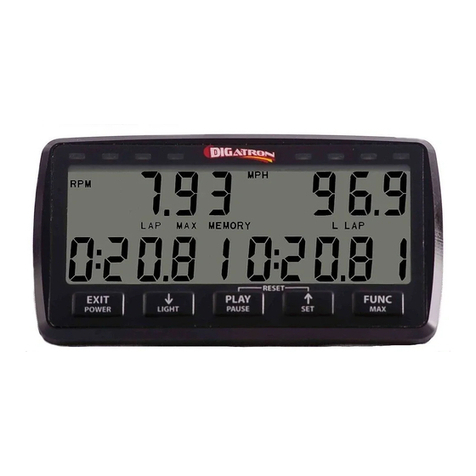
Digatron
Digatron DT- 31K LT User manual
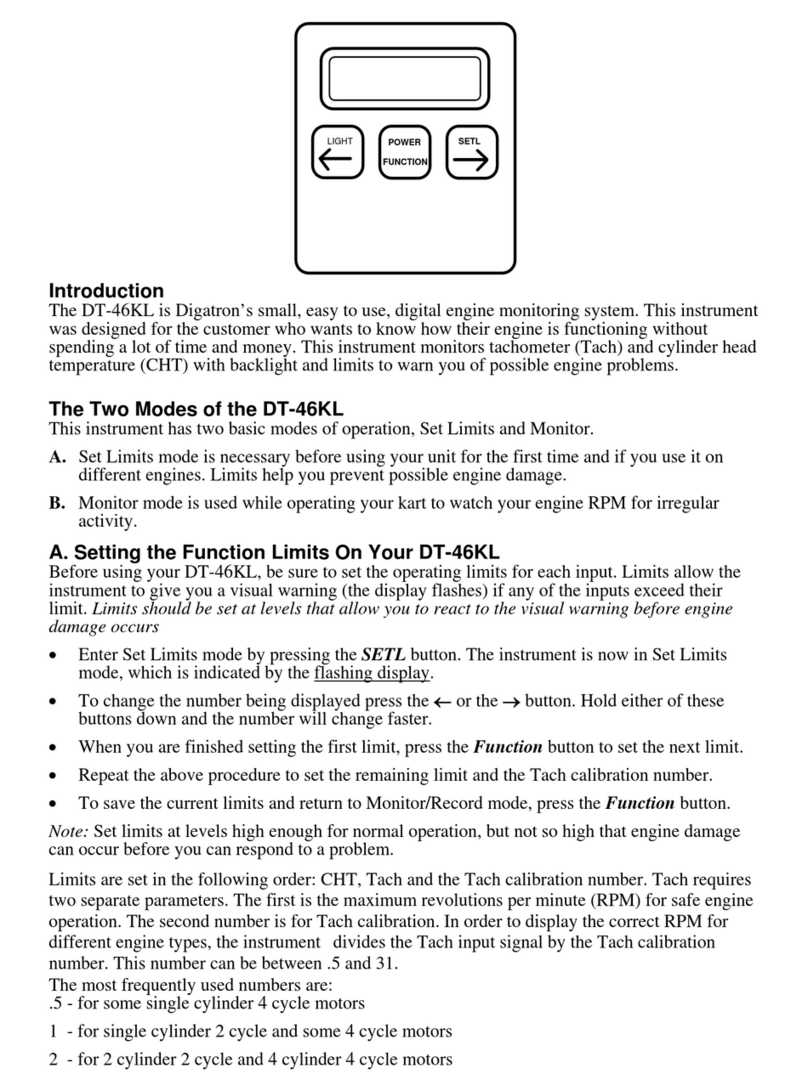
Digatron
Digatron DT-46KL User manual

Digatron
Digatron DT-40K User manual
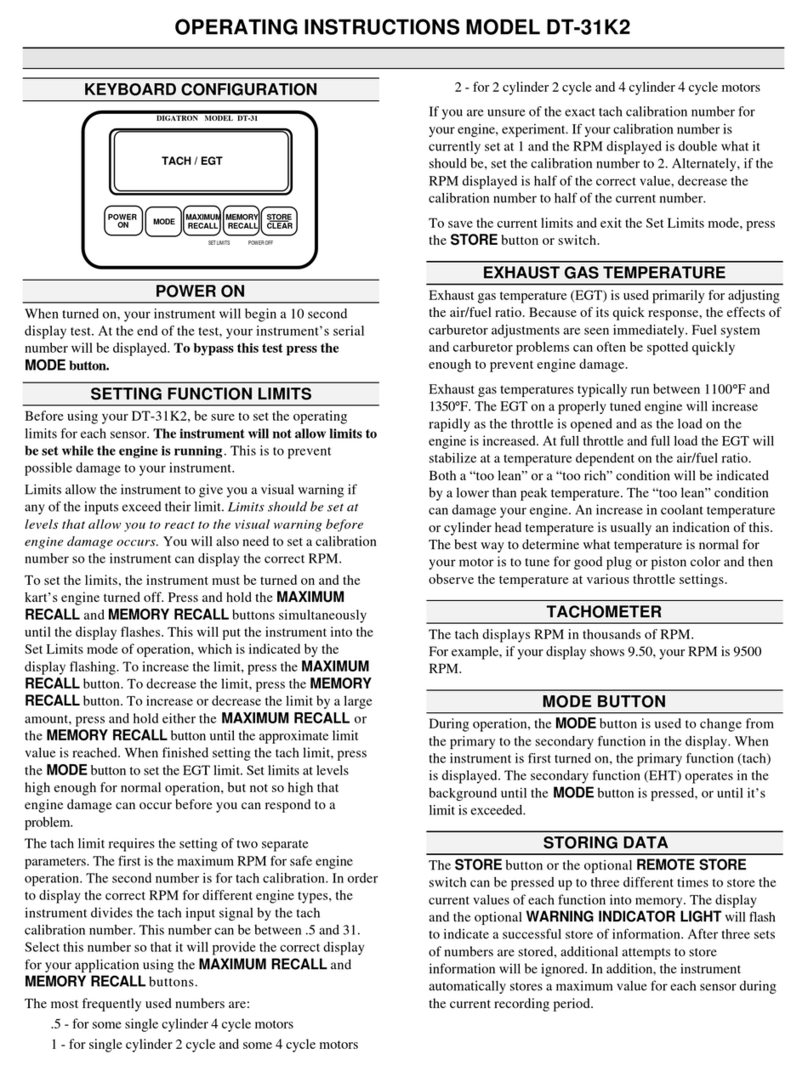
Digatron
Digatron DT-31K2 User manual
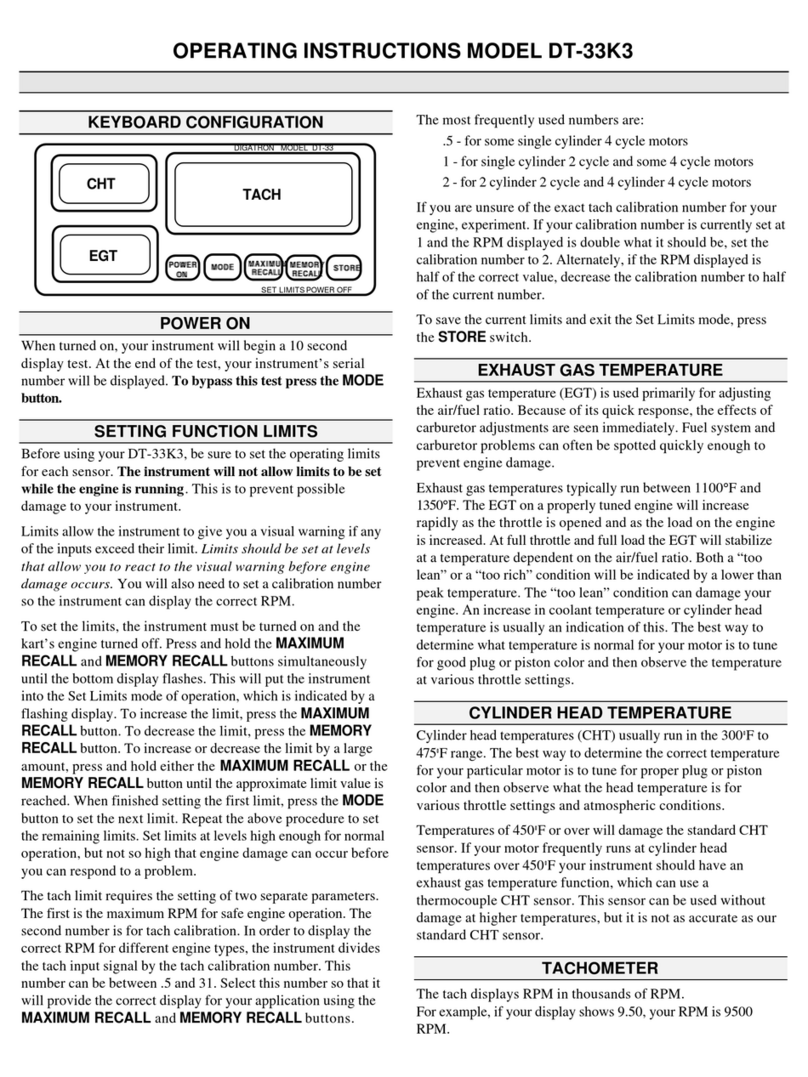
Digatron
Digatron DT-33K3 User manual
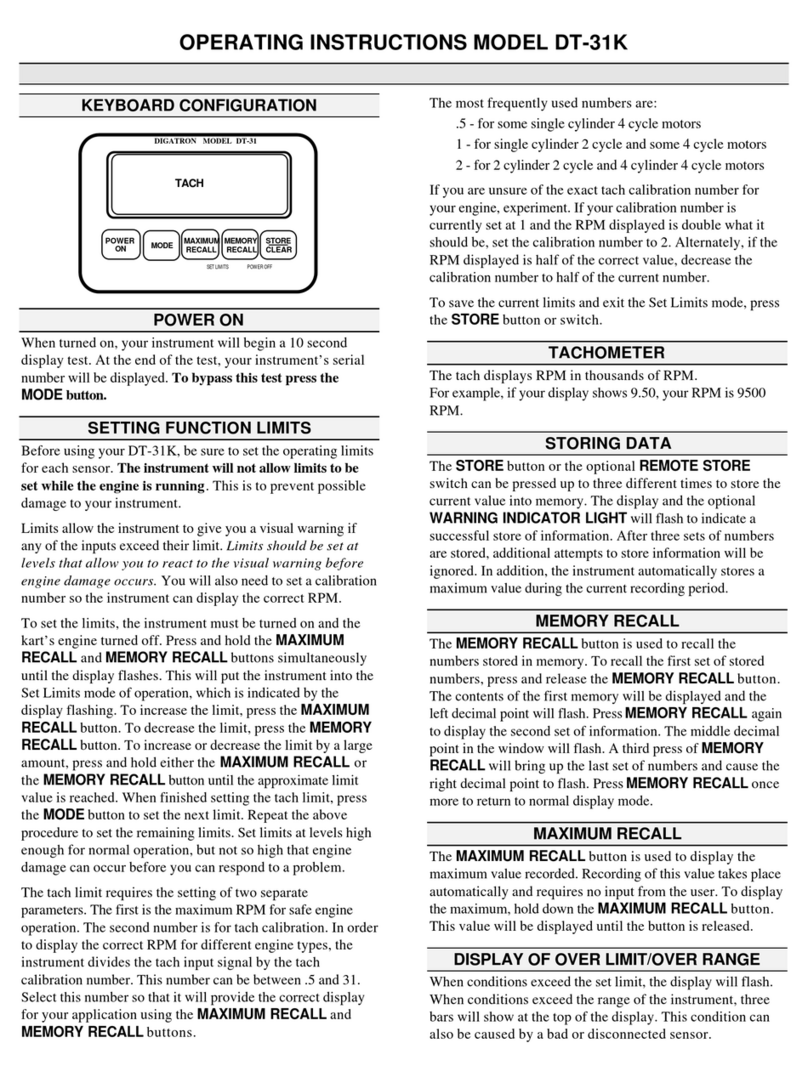
Digatron
Digatron DT-31K User manual
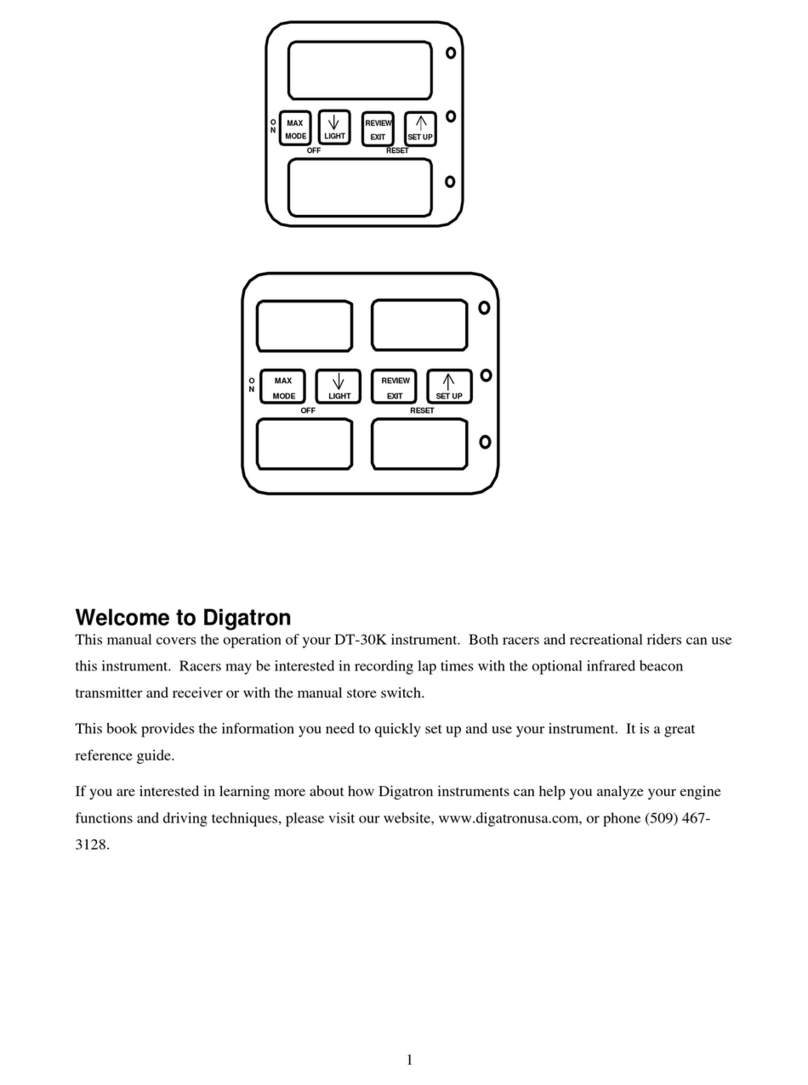
Digatron
Digatron DT-30K User manual
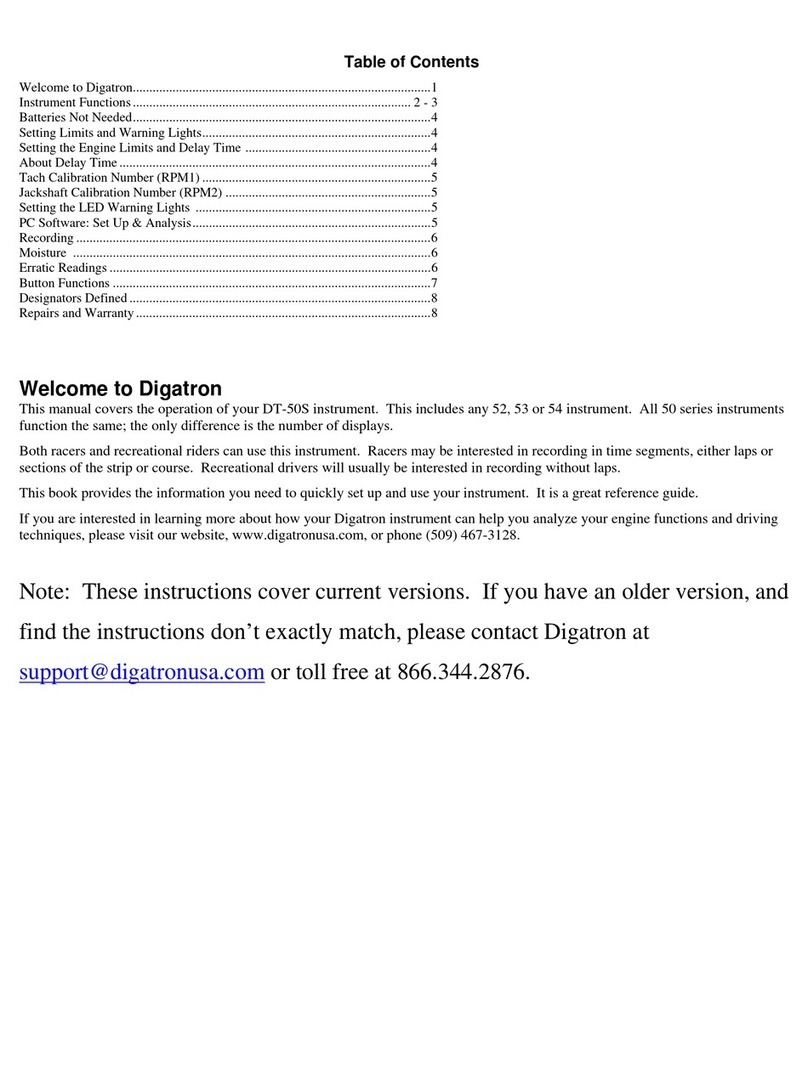
Digatron
Digatron DT-50S User manual
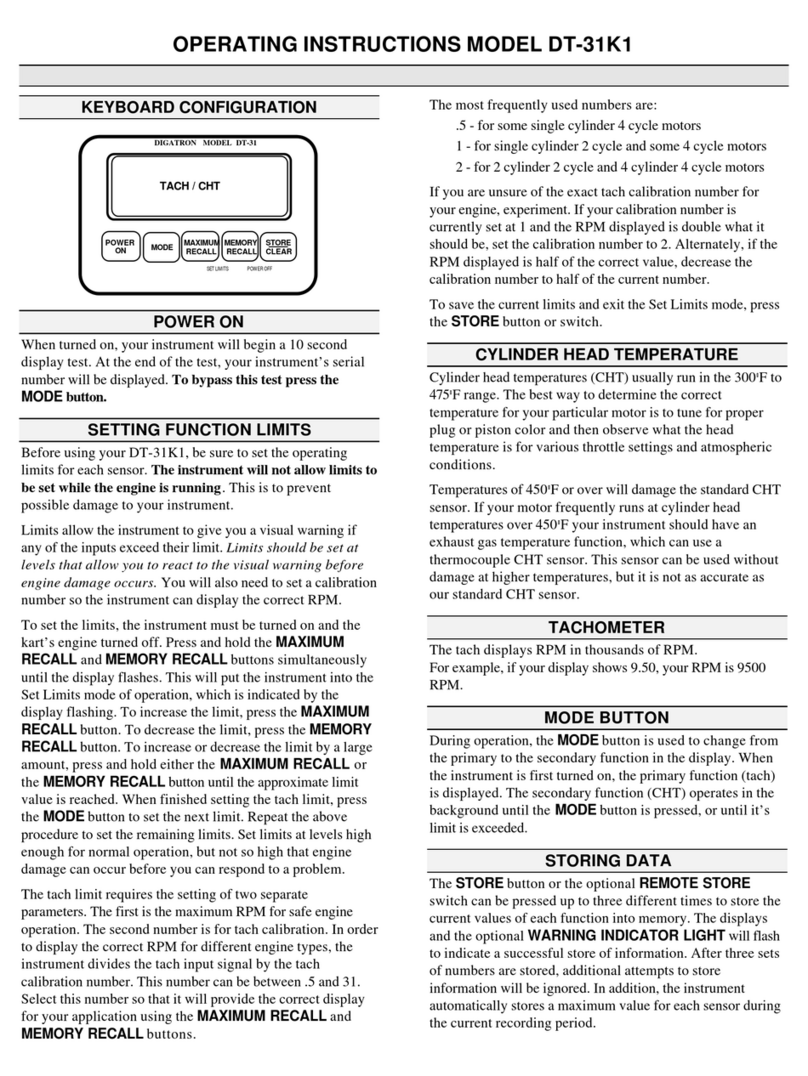
Digatron
Digatron DT-31K1 User manual
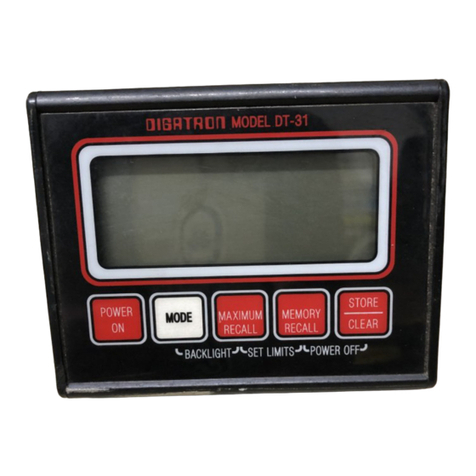
Digatron
Digatron DT-31SN2 User manual
Popular Measuring Instrument manuals by other brands

Büttner Elektronik
Büttner Elektronik Dometic MT iQ Basic Pro Installation and operating manual

wattio
wattio BAT manual
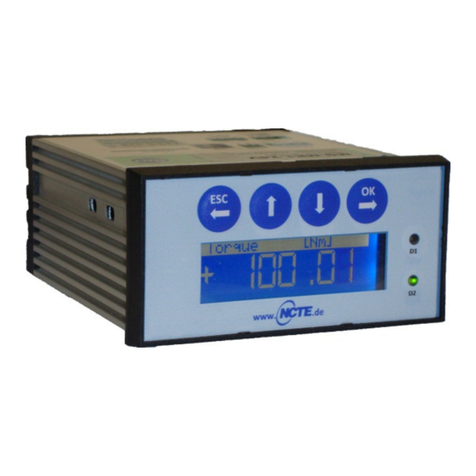
NCTE
NCTE Read Out Unit quick start guide

RR Mechatronics
RR Mechatronics STARRSED TL Instructions for use
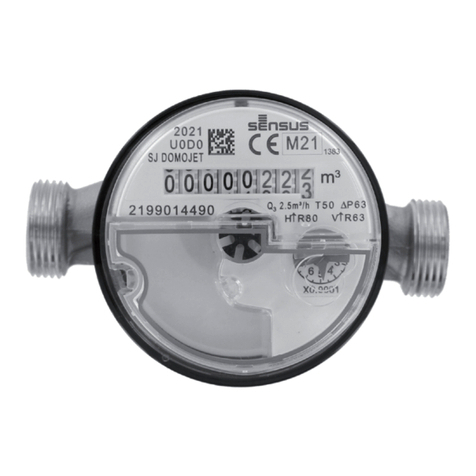
Xylem
Xylem Domo M M-Bus installation manual
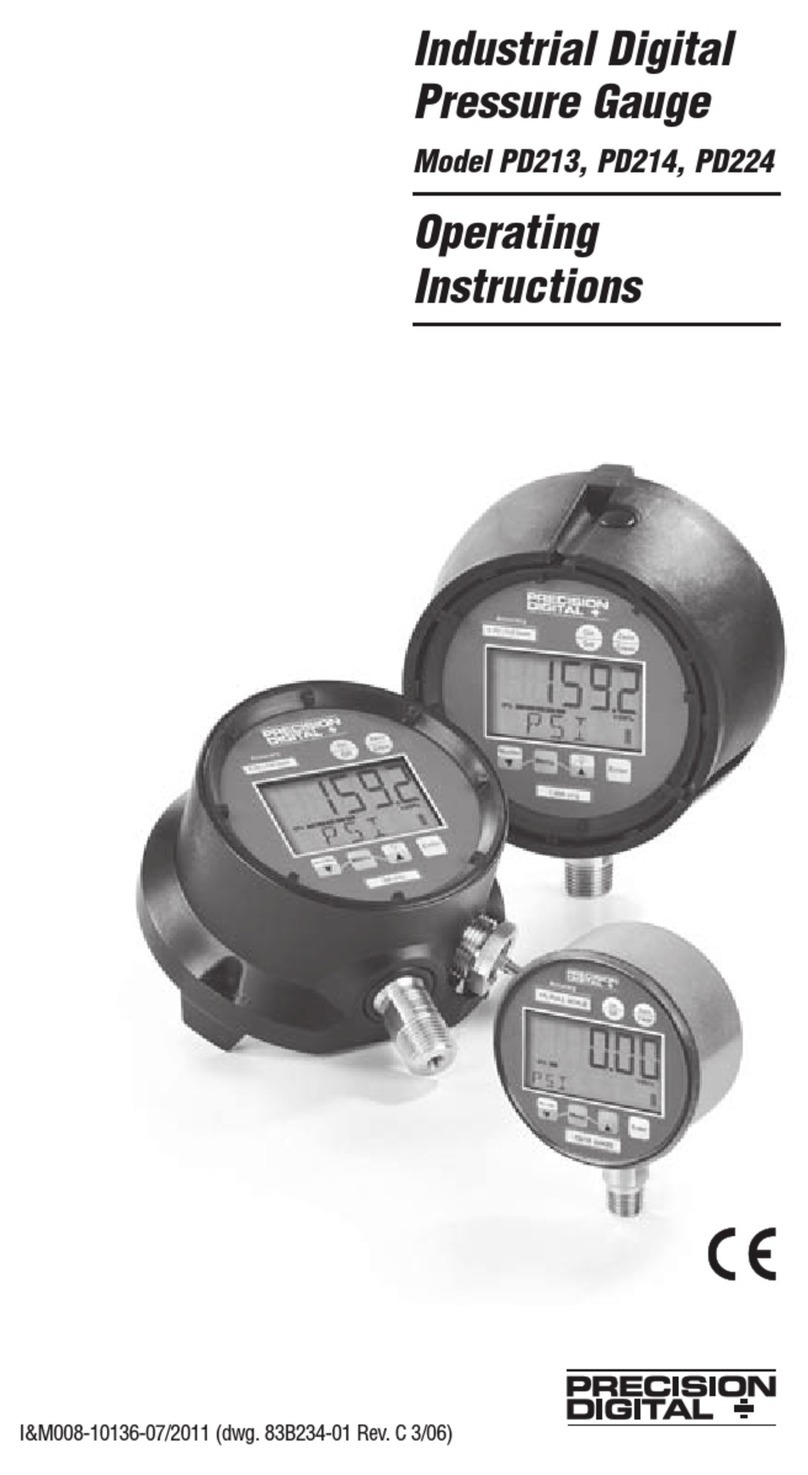
PRECISION DIGITAL
PRECISION DIGITAL PD213 operating instructions
